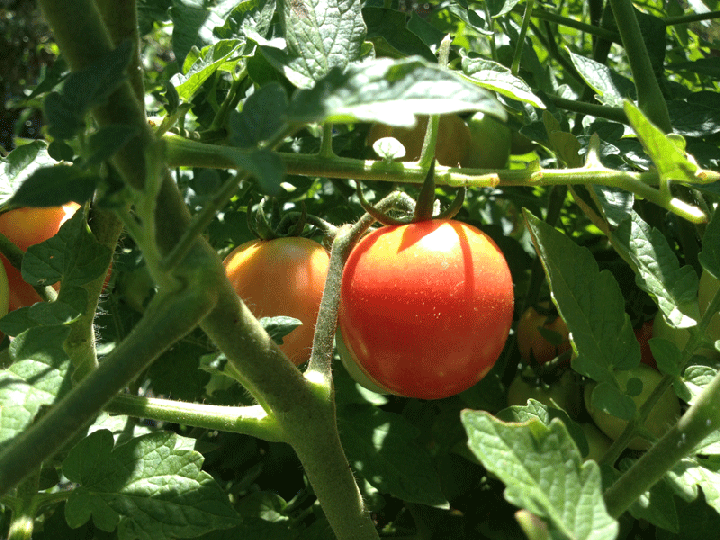Growing a Veggie Garden? Here’s what you need to know about your soil first.
January 24, 2017 | By webadmin
If you're dreaming of a garden-to-table meal raised in your own backyard, then understanding the basics about your garden soil is essential. Soil quality is important to all plant life. Many shrubs, trees and perennials can adapt to a wide variety of soil types, but edible crops, with their shallow roots systems, typically require the highest levels of nutrient density to produce healthy food in the form of fruits, legumes, leaves and roots.
Growing Edibles in North Texas Soil
Some areas of the world are blessed with well-draining sandy loam full of available nutrients. Soils such as these typically don’t require a lot of work to be productive. North Texas, unfortunately, is not one of those places. Most local areas have predominantly heavy black clay, which is composed of tiny particles that cling together like a brick - not exactly the preferred soil of a robust vegetable garden. But don’t let this discourage you!

Tomatoes grow best in loose, nutrient-dense soil.
While not the ideal structure, our heavy clay does contain nutrients as well as a mineral components; but these nutrients are often bound up in the soil composition. Also, the tendency for clay soils to become heavily compacted can reduce bioactivity, aeration and drainage capacity. All of these characteristics make it touch for edible crops to thrive in our native soils. If you’ve ever dug a backyard veggie garden directly into the soil without amending it, then you’ve probably experienced disappointing results.
Key Components of Healthy Soil
Healthy soil has particles of varying sizes that create pockets, within which air and moisture can move. Roots need oxygen just a much as they need water, so both are crucial to growth. Organic matter, which generally comes in the form of compost, is needed to create the balance. When leaves and stems decompose, they slowly break down into smaller pieces. Heavily decomposed bits are called humus and have the appearance of a dark, rich soil. Powerful mycorrhizal fungal populations are created in this kind of organic matter as well as large populations of microorganisms.
What should you do?
If you’re going to dig in-ground vegetable beds, know that you’re going to need to work substantial amounts of organic compost to start the process of building soil that can support edibles. If you’re just getting started, you'll need to work in at least 6-inches worth of organic compost into the soil. Other amendments such as worm castings and greensand are also beneficial in the veggie garden. Don’t expect overnight results. Adding organic matter will help improve the texture, aeration, drainage and nutrient availability of your native soil. It can often take 2-3 years to turn basic backyard soil into a good foundation for edibles.
Or, you can bypass your native soil altogether by building raised beds. Beds built to a height of 12-inches, then backfilled with organic compost and high quality topsoil can help you achieve your veggie garden dreams a bit faster. But you’re still going to need to stimulate bioactivity in the soil to make it productive. Consider growing vegetables such as tomatoes, eggplants, cucumbers and bush beans in containers alongside potted herbs for a full culinary experience in your own backyard.
